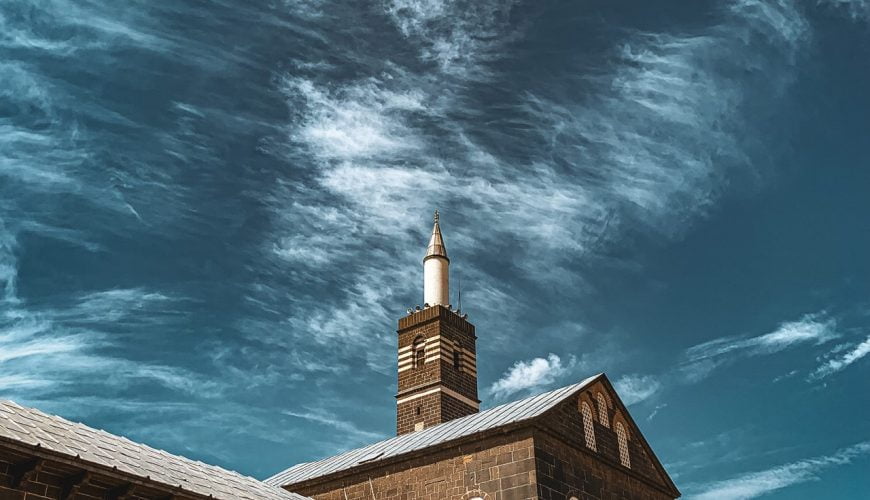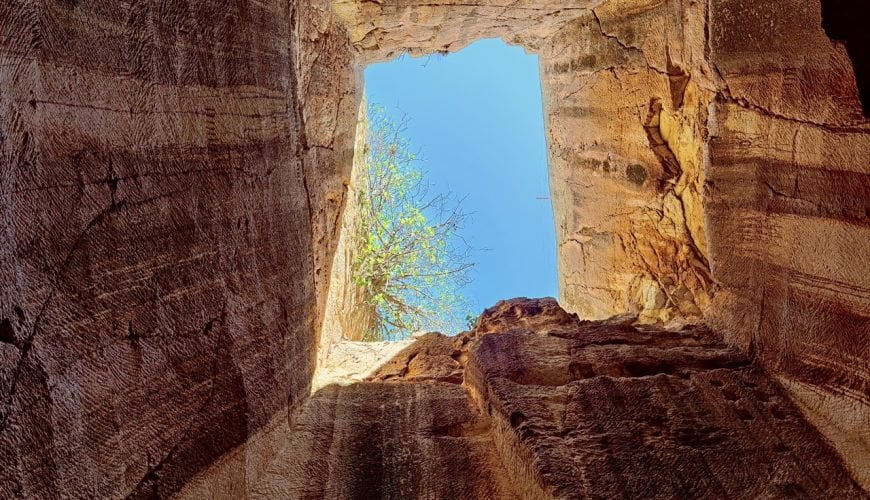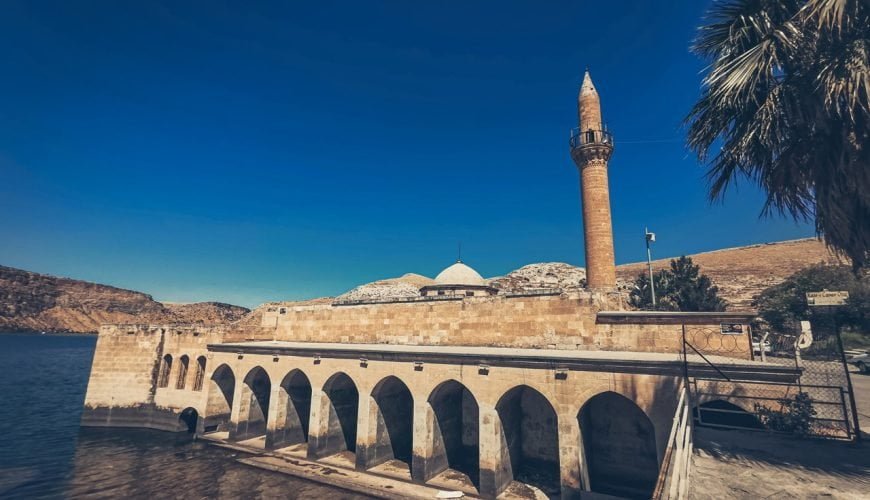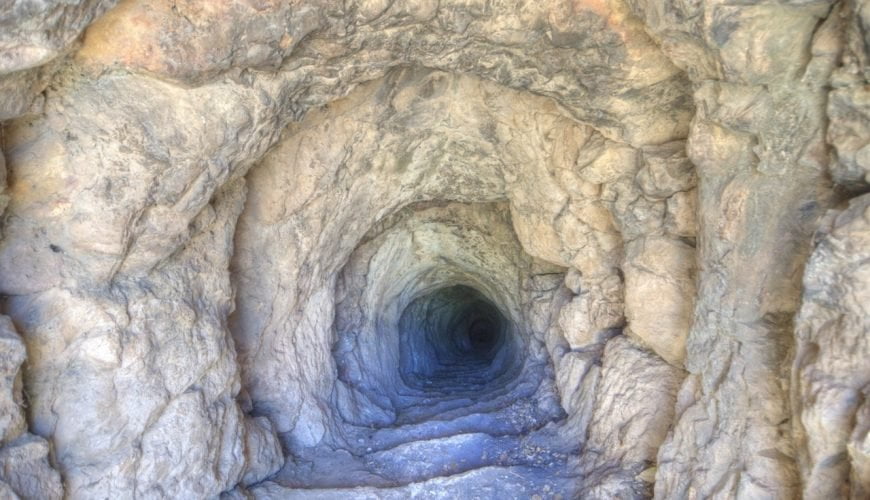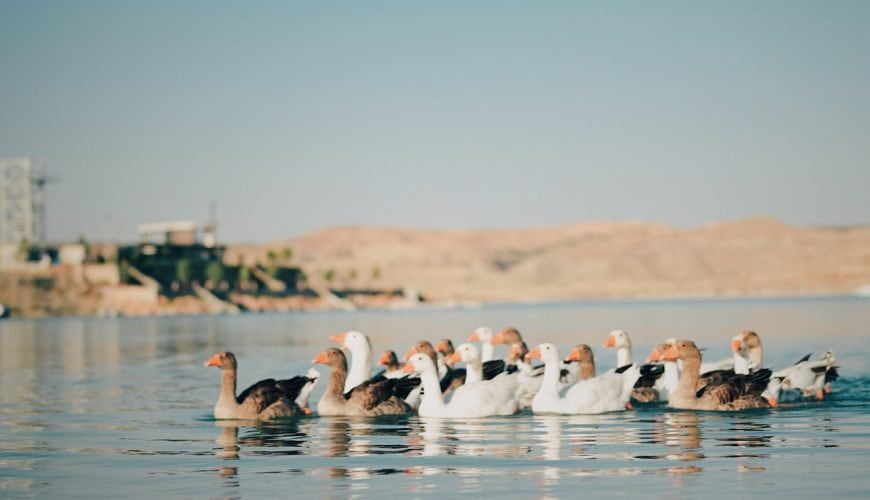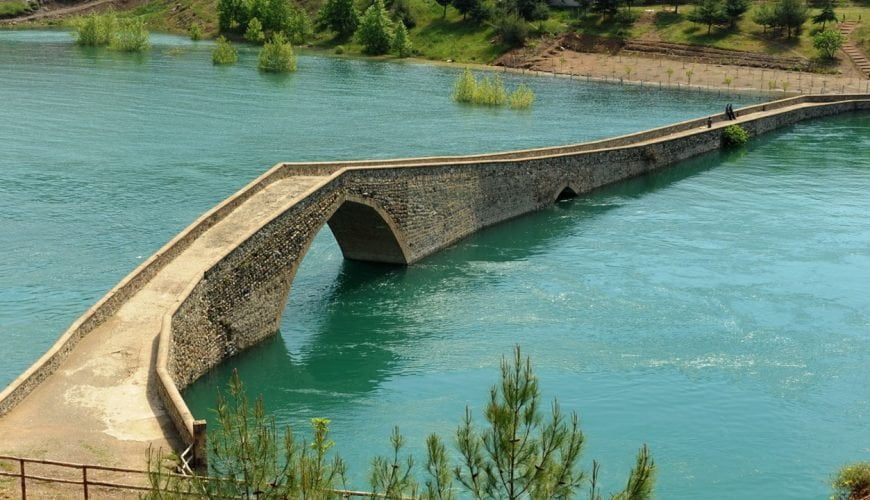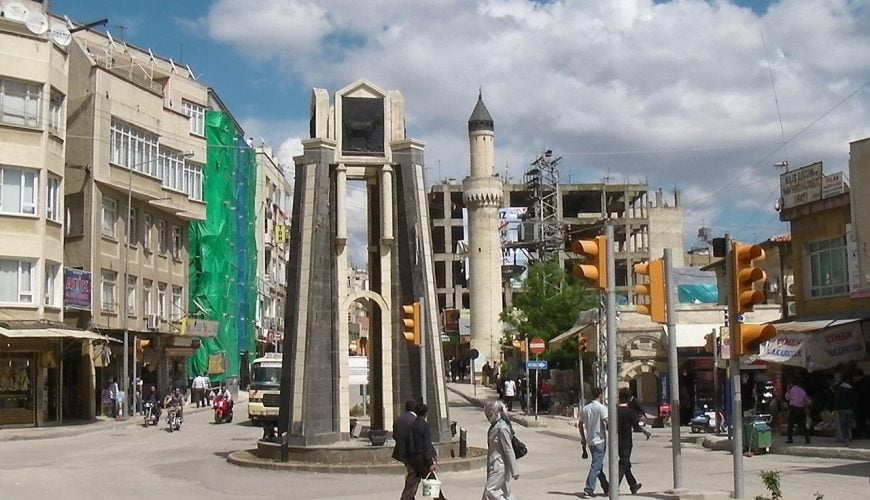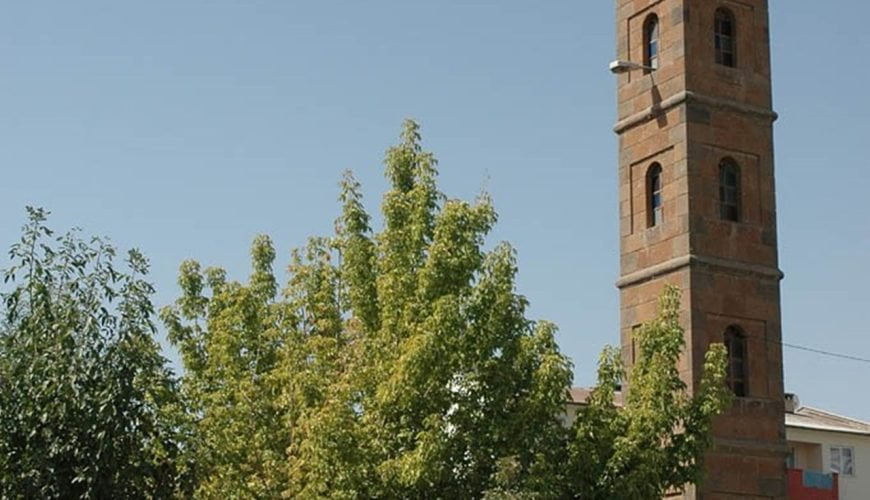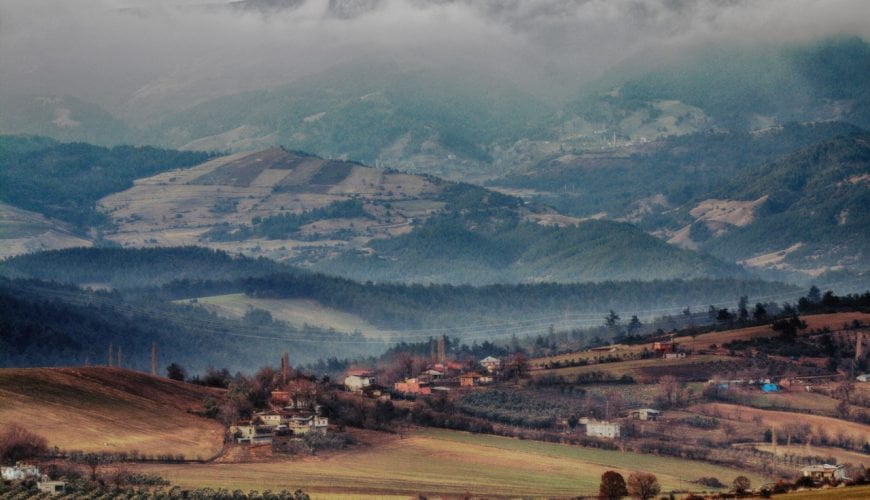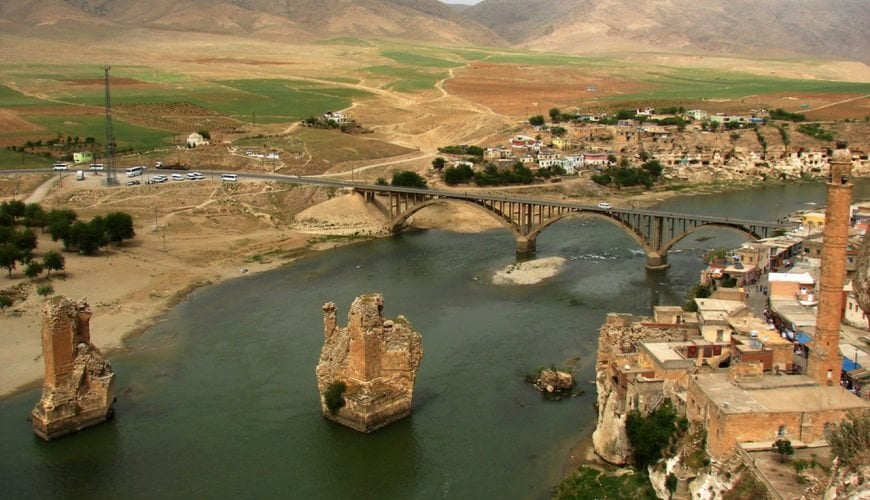Diyarbakır
DIYARBAKIR Diyarbakir, known in ancient times as Amida, spreads across a basalt plateau close to the banks of the Dicle River. The black basalt triple walls that encircle the old town give the city a rather ominous appearance. These ramparts, 5.5km in length, with 16 keeps and five gates, inscriptions and bas-reliefs, represent a superb […]
Harran
HARRAN Believed to be the ancient city of the same name mentioned in the Old Testament, Harran is known more now for its unusual beehive dwellings than as the place where Abraham spent several years of his life. The archaeological remains include those of the largest ancient Islamic University, city walls dating from the […]
Sanliurfa
SANLIURFA On the great plain of High Mesopotamia, Sanliurfa, known in ancient times first as Ur and later as Edessa, proudly exhibits the legacy of all the civilizations that have prospered in this region. In the second millennium B.C.; it was a city of a Hurrite state. Tradition relates that Abraham was born in a […]
Arsameia
ARSAMEIA At ancient Eskikale (Arsameia of Nymphaios) a magnificent relief depicts Heracles greeting the Commagene King, Mithridates, in the ruins of what scholars believe might have been the Commagene Palace. Opposite this site, separated by the Eski Kahta river are the remains of the Yenikale (New Castle) built by the Mamelouks. Other nearby sights […]
Adiyaman
Adiyaman’s Archaeological Museum houses regional finds from the Lower Firat which date from the Neolithic and Chalcolithic ages. Good quality kilims woven in bright colors sell for reasonable prices in the bazaar. Surrounding monuments include the ruins of an Abbasid citadel (restored by the Seljuks) and a 14th century Ulu Mosque. The discovery of oil […]
Kahramanmaras
In the 12th century B.C., Kahramanmaras was the capital of the Hittite state of Gurgum. A massive citadel built in the 2nd century B.C. houses the city’s museum and its good collection of Hittite sculptures. Other sites include the 15th century Ulu Mosque and the Tas Medrese. The ice-cream of Kahramanmaras, thickened with gum arabic […]
Kilis
Kilis, situated near the Turkish-Syrian border en route to Gaziantep is an especially charming area. dotted with vineyards and olive groves on all sides. It was originally known as Kilis (mentioned in the Assyrian archives) and was a very important town in ancient days for frontier commerce. It is still famous today for its cotton, […]
Siirt
SIIRT Siirt was an especially eminent city at the time of the Abbasid Caliphate. Among the city’s monuments, be sure to visit the 12th century Seljuk Ulu Mosque and the 13th century Asakir Carsi Mosque. At Aydinlar, only 6 km from Siirt, the Ibrahim Hakki Mausoleum Complex and nearby private Ibrahim Hakki Astronomical Museum are […]
Gaziantep
GAZIANTEP Gaziantep especially known throughout Turkey for its excellent pistachios. Industry also contributes to the local economy. The 36 towers of the city’s fortress were originally constructed in the Justinian era and were later rebuilt by the Seljuks. The Archaeology Museum has important items from Neolithic, Hittite and Roman times. The Hasan Sözer House, from […]
GAP (The Southeastern Anatolian Project)
The South-eastern Anatolian Project is Turkey’s largest and most multifaceted development project, and also, one of the largest development projects in the world. The project includes active farming with extensive irrigation systems and electricity production; following these are tourism, mining, petrol, education, health, communication, industry and transport sectors. The South-eastern Anatolia Project covers the […]

